The language learning application Duolingo launches 148 additional course offerings through its green-colored mascot. These courses were created using artificial intelligence (AI). This is the biggest update in the app’s history. The company says there are twice as many new courses as before. Now, people can learn languages like Japanese, Korean, and Mandarin even if they speak Spanish, Vietnamese, or other languages at home.
The CEO, Luis von Ahn, shared that making the first 100 courses took 12 years. With AI, the team made 148 new courses in just one year. He said AI helps Duolingo teach more people faster. However, this news comes after the company said it will stop hiring contractors for jobs AI can do. Many people are upset about this decision.

Why Duolingo Is Replacing Workers With AI
Last week, Duolingo told its workers it plans to use AI instead of humans for some tasks. In an email, the CEO explained that AI can create lessons faster than people. For example, writing practice exercises or translating phrases used to take months. Now, AI does it in days. The company says this lets them focus on making better content.
But this means fewer jobs for contractors. Some workers who helped create courses or check translations are losing work. The CEO said Duolingo will only hire new people if AI cannot do a job.
Users and Workers Are Not Happy
What People Are Saying on Social Media
Many users are angry about the changes. Some say the AI-made courses have mistakes. For example, one user posted that the Vietnamese course mixes up words. Others worry that learning from AI feels less personal. A few people deleted the app and told others to do the same.
Workers are also worried. Contractors who helped build courses say AI cannot understand cultural details. For example, Japanese honorifics (like “san” or “sama”) are hard for AI to teach correctly. Human translators catch these subtleties, but AI might miss them.
What the New Courses Include
The new courses are for beginners. They focus on basic words and phrases. Here is what you will find
- Stories: Short lessons where you read conversations to improve reading skills.
- DuoRadio: Audio clips that help you practice listening to real-life dialogues.
Duolingo plans to add advanced lessons later this year. These will include grammar rules and complex sentences.

The Bigger Problem With AI in Education
Duolingo’s move shows how companies are using AI to save money. But it raises questions. Can AI really teach languages as well as humans? Since AI lacks cultural understanding and empathetic abilities, it becomes challenging to model apps that require these elements. As mentioned in globalnewswire.com, the explanation of why particular expressions function as polite communication in Korean requires human expertise.
ChatGPT, along with other companies, encounters comparable criticism about its operations. The speed at which AI completes tasks does not compare to the trust humans have in human teachers as learning resources. Duolingo needs to find the right balance between fast delivery and high-quality service.





